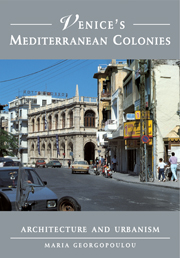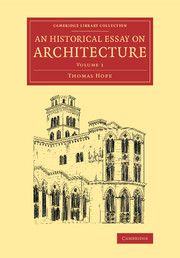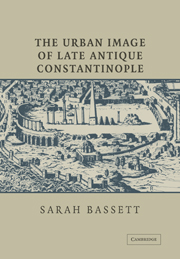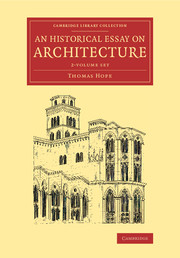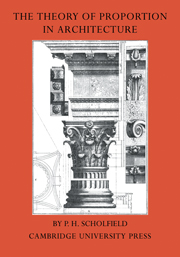Venice's Mediterranean Colonies
This book examines the architecture and urbanism in the Venetian colonies of the Eastern Mediterranean and how their built environments express the close cultural ties with both Venice and Byzantium. Using the island of Crete and its capital city, Candia (modern Herakleion) as a case study, Maria Georgopoulou exposes the dynamic relationship that existed between colonizer and colony. Georgopoulou demonstrates how the Venetian colonists manipulated Crete's past history in order to support and legitimate colonial rule, particularly through the appropriation of older Byzantine traditions in civic and religious ceremonies.
- Studies colonialism in the late medieval and early modern period
- Examines Venice's presence in the architecture of the Eastern Mediterranean
- Explores interaction of cultures
Reviews & endorsements
"...an ambitious book that offers new insights on cultural exchange in the Medieval Mediterranean.... a vital contribution to studies on multicultural societies." Justine Andrews, Greekworks.com
"...beautifully put-together study....her convincing use of maps and documentary evidence provides a fascinating insight into a particular moment in the creation of an image of Venetian rule...." The Art Book
Product details
February 2011Paperback
9780521184342
400 pages
244 × 170 × 21 mm
0.64kg
Available
Table of Contents
- Introduction: Venice's empire
- Part I. Constructing an Empire:
- 1. The city as locus of colonial rule
- 2. Signs of power
- 3. Venice, the heir of Byzantium
- Part II. Mapping the Colonial Territory:
- 4. Patron saints, relics, and martyria
- 5. The blessings of the friars
- 6. The Greeks and the city
- 7. Segregation within the walls: the Judaica
- Part III. Symbols of Colonial Control:
- 8. Ritualizing colonial practices
- 9. Colonialism and the metropole
- Conclusion.

